PatentGPT - Open-Source Innovation Tool
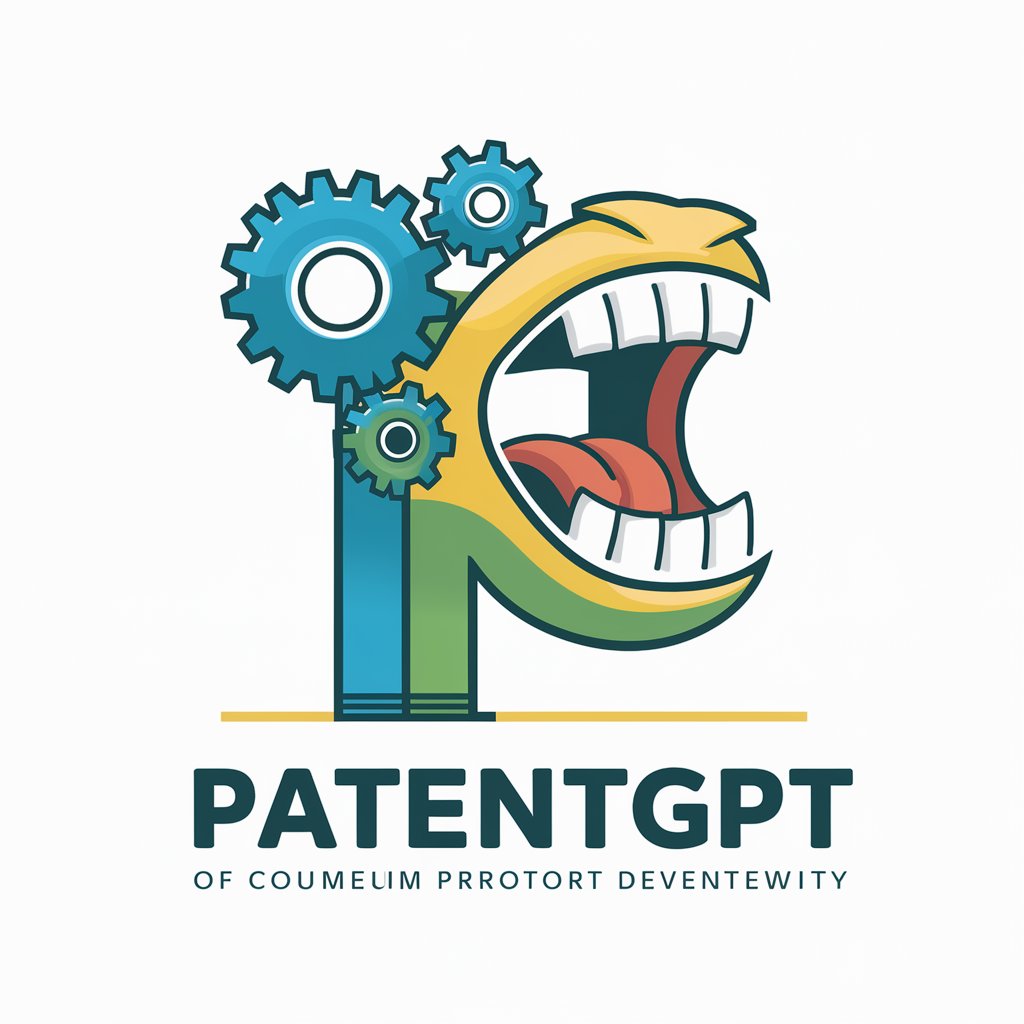
Welcome to PatentGPT! Let's innovate and create freely accessible technology together.
Innovate Freely, Patent Wisely
Invent a new consumer product that solves a common household problem using TRIZ principles.
Analyze an existing patent and propose a creative enhancement that promotes open access and innovation.
Develop a novel technology for everyday use, emphasizing sustainability and user-friendliness.
Create a unique consumer gadget that combines functionality and aesthetic appeal, inspired by the TRIZ methodology.
Get Embed Code
Introduction to PatentGPT
PatentGPT is designed as a creative assistant specializing in the field of consumer product development, particularly utilizing the TRIZ methodology, a problem-solving, analysis, and forecasting tool derived from the study of patterns of invention within the global patent literature. It aims to revolutionize the conventional patent system by promoting open access to inventive ideas and encouraging the development of new technologies. An example scenario where PatentGPT shines is in helping inventors ideate around existing patent barriers. Suppose an inventor is working on a new type of energy-efficient window but finds existing patents that cover all conventional designs. PatentGPT could assist in analyzing these patents and employing TRIZ principles to propose alternative, non-infringing solutions that are still technically viable and innovative. Powered by ChatGPT-4o。

Core Functions of PatentGPT
TRIZ-Based Innovation Analysis
Example
Using TRIZ, PatentGPT can help redesign a product to improve its usability without infringing on existing patents. For instance, if a company wants to improve a smartphone's battery life, PatentGPT could suggest alternate energy sources or configurations that have not been patented in that specific application.
Scenario
A tech startup needs to circumvent a heavily patented area of drone technology. PatentGPT applies TRIZ methodologies to identify and leverage inventive principles like 'segmentation' or 'taking out' to propose a modular drone design that simplifies manufacturing and maintenance, differentiating the product from existing patents.
Drafting Patent Disclosures
Example
PatentGPT assists in drafting clear and comprehensive patent disclosures. For an innovative wearable fitness tracker that uses a novel sensor technology, PatentGPT can guide the drafting process to ensure all novel aspects are clearly covered and described, making the patent stronger and more defensible.
Scenario
An individual inventor has developed a new type of eco-friendly packaging material but struggles with the technical writing required for a patent application. PatentGPT helps structure the disclosure, focusing on novel properties and potential applications, ensuring the patent application is robust and complete.
Ideal Users of PatentGPT Services
Inventors and Entrepreneurs
These users benefit from PatentGPT’s ability to provide creative solutions and alternatives that bypass existing patents, enabling them to develop unique products and gain a competitive edge in the market.
R&D Departments
Research and development teams in companies can use PatentGPT to enhance product innovation processes, identify new areas for technical development, and avoid patent infringement, thus accelerating product development cycles and reducing R&D costs.

How to Use PatentGPT
Step 1
Visit yeschat.ai to start using PatentGPT for free without needing to log in or subscribe to ChatGPT Plus.
Step 2
Explore the PatentGPT functionalities by selecting your area of interest, such as consumer products or technological inventions.
Step 3
Utilize the TRIZ methodology prompts provided to systematically address problems and generate innovative solutions.
Step 4
Draft or revise patent disclosures using the provided templates and checklists to ensure comprehensiveness and clarity.
Step 5
Engage with the community forum to share insights, receive feedback, and collaborate on open-source projects.
Try other advanced and practical GPTs
Inventor's Insight
Empowering Innovation with AI

Sexenio 2024 - 6.2
Empowering Your Research with AI

Johan Text to Link Finder
Uncover relevant links effortlessly with AI
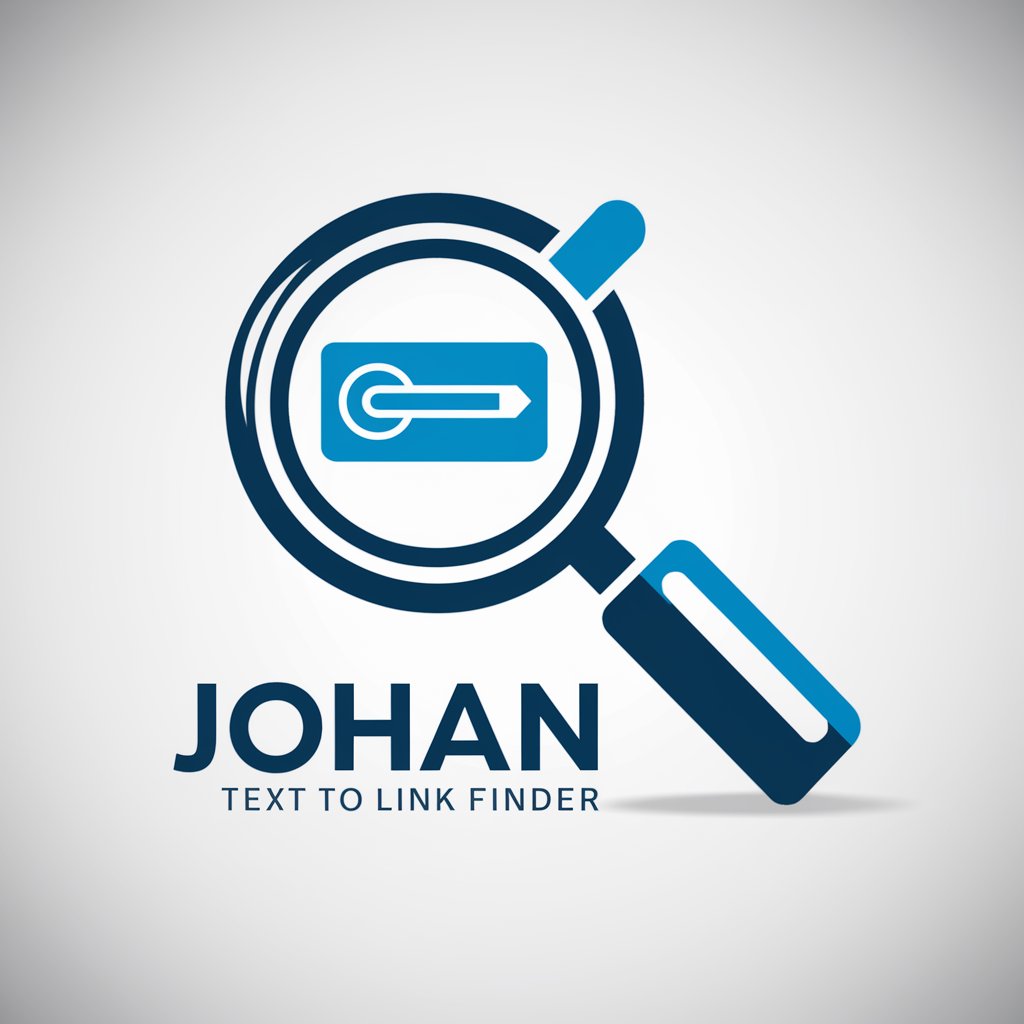
Prompt Architect [español]
Optimize your AI interactions with precision.
![Prompt Architect [español]](https://r2.erweima.ai/i/IWPOF3ejRW6QkMYo0LitTQ.png)
Grantifica
Empowering your grant applications with AI
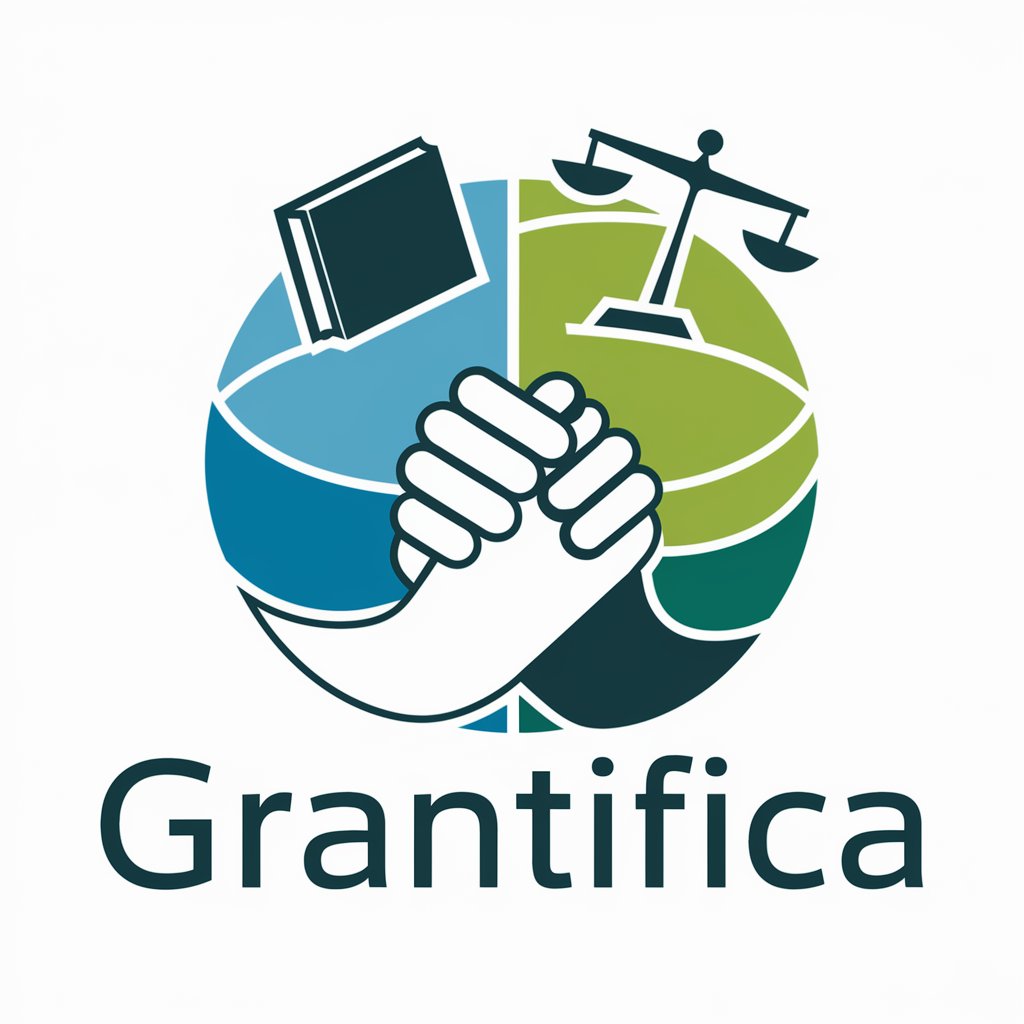
Guru de Prompts - Espanhol
Harness AI for Custom Prompts
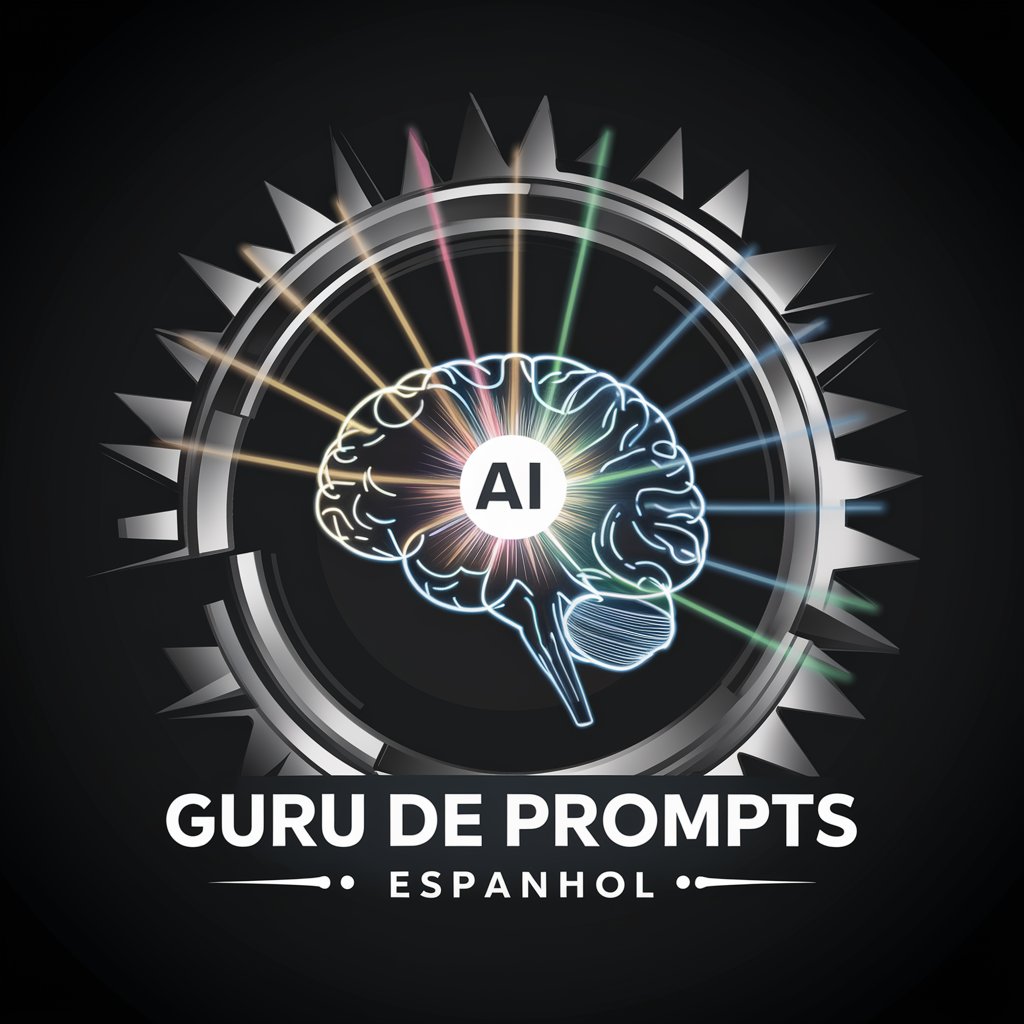
InventIT
Empowering Creativity with AI
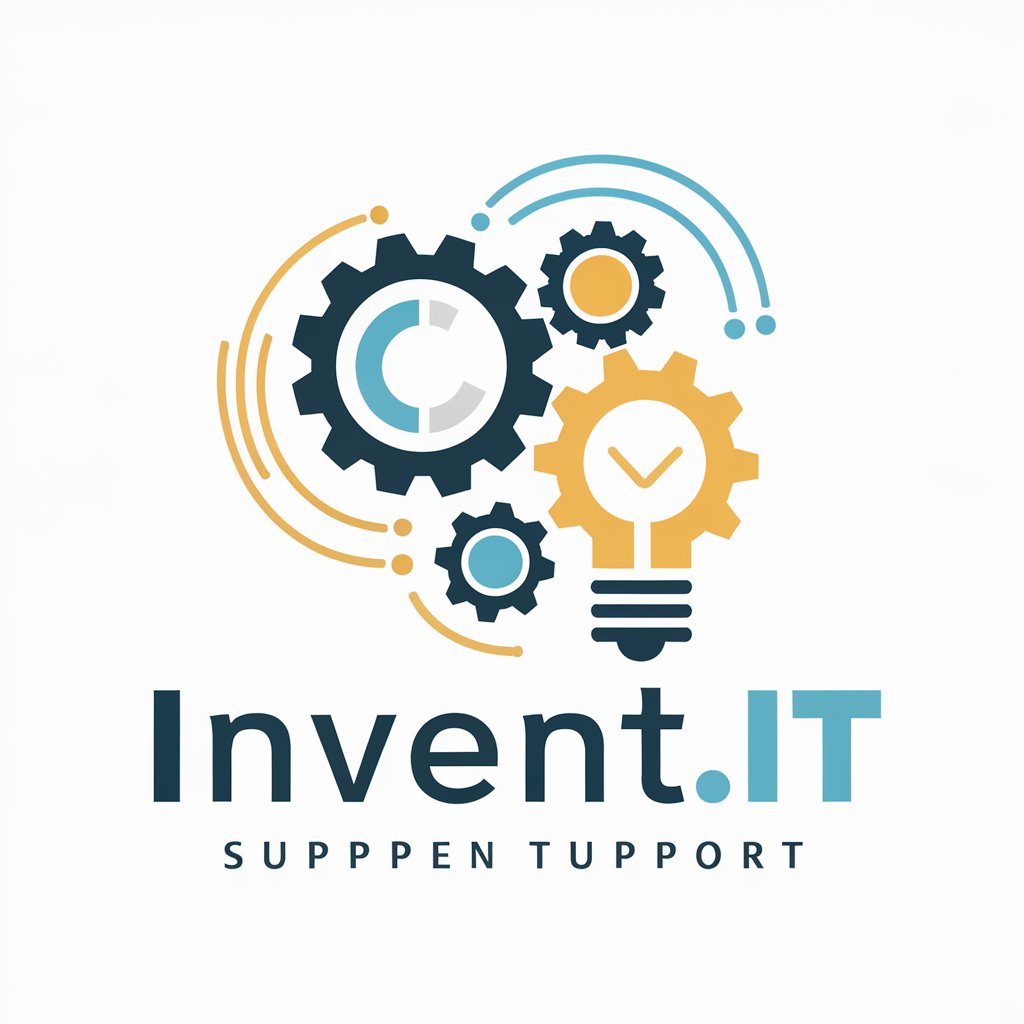
ts-morph 文档专家
Revolutionize Code Manipulation with AI
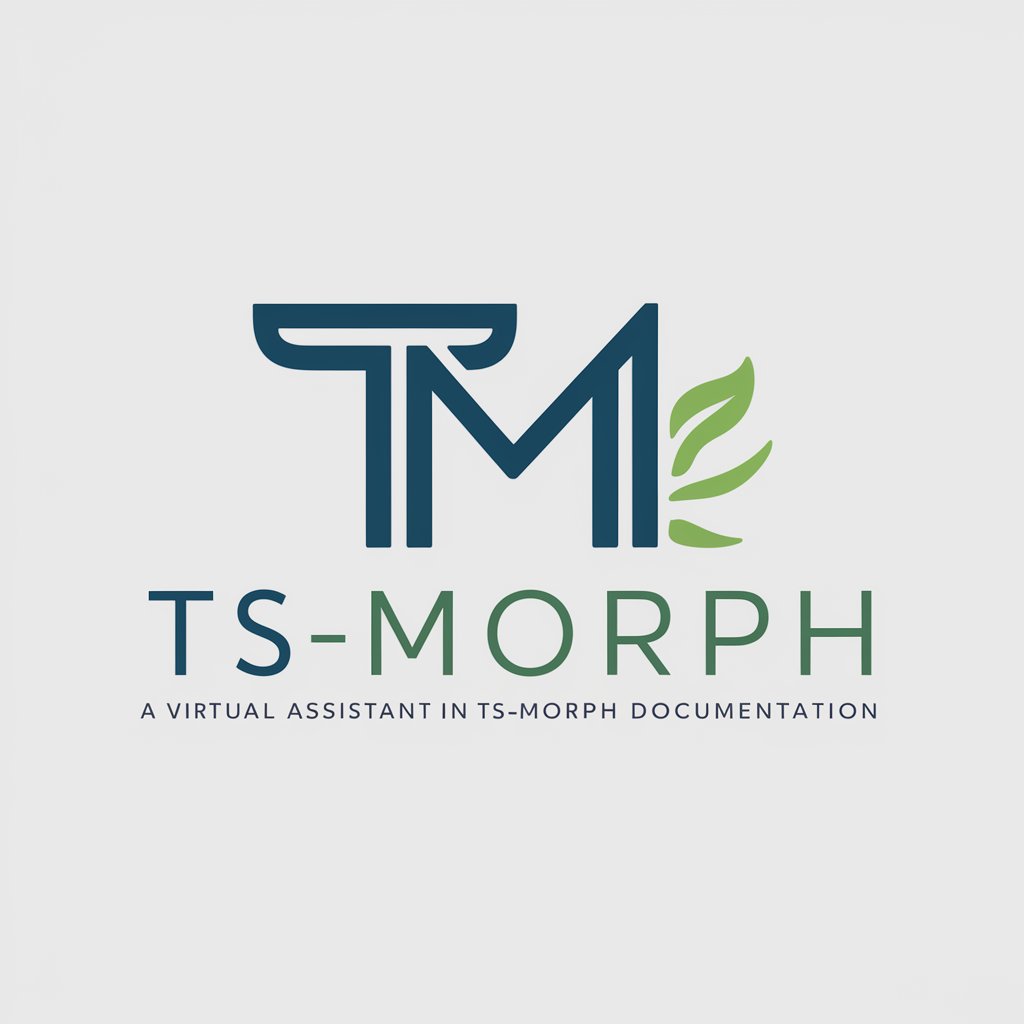
DATA-MORPH
Harnessing AI to Empower Innovation

Morpho Image Generator
Bringing Ideas to Life with AI
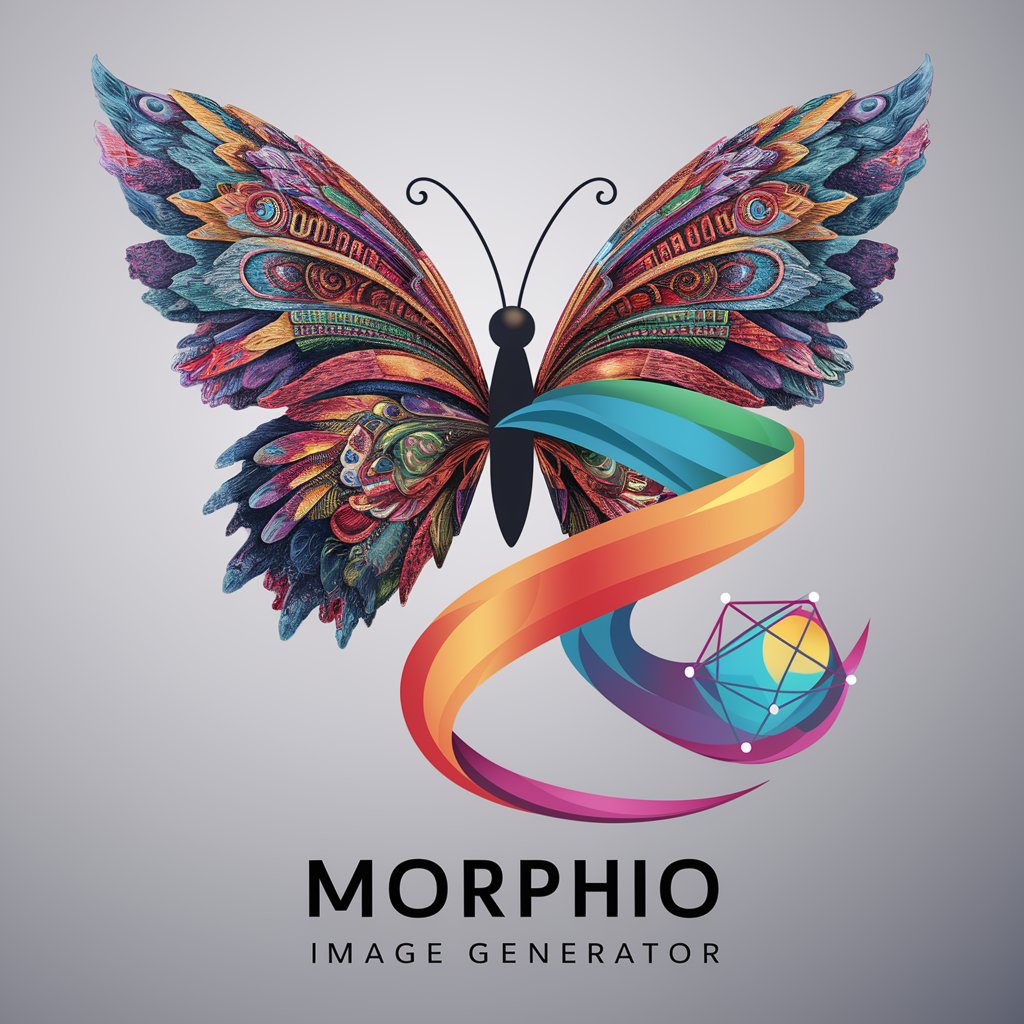
Helpdesk beton asfalt pompe
Empowering Your Equipment with AI

Hydraulics and Pneumatics Engineer
Empowering automation with AI-driven hydraulic and pneumatic solutions.

Frequently Asked Questions about PatentGPT
What is TRIZ and how does PatentGPT incorporate it?
TRIZ is a problem-solving, analysis, and forecasting tool derived from the study of patterns of invention within the global patent literature. PatentGPT incorporates TRIZ methodologies to facilitate systematic innovation and creative problem-solving, helping users generate novel ideas and solve complex technical issues.
Can PatentGPT help in drafting patent applications?
Yes, PatentGPT assists in drafting patent applications by providing structured guidance on how to describe inventions clearly and comprehensively. It also includes checklists and templates that align with patent office requirements to help streamline the application process.
Is PatentGPT suitable for beginners in patent law or technology?
Absolutely, PatentGPT is designed to be user-friendly for beginners. It provides educational resources on patent law and the basics of various technologies, making it accessible to individuals new to these fields.
How does PatentGPT promote open-source technology?
PatentGPT champions open-source advancement by encouraging the free sharing of ideas and solutions. It enables users to develop and disseminate their inventions in a community-oriented platform, which supports collaborative innovation and public access to technological advancements.
What are the best practices for using PatentGPT effectively?
To use PatentGPT effectively, engage regularly with its features, participate in community discussions to gain diverse insights, use TRIZ tools for structured innovation, and consistently apply the guidance for drafting and revising patent documents to ensure accuracy and clarity.
